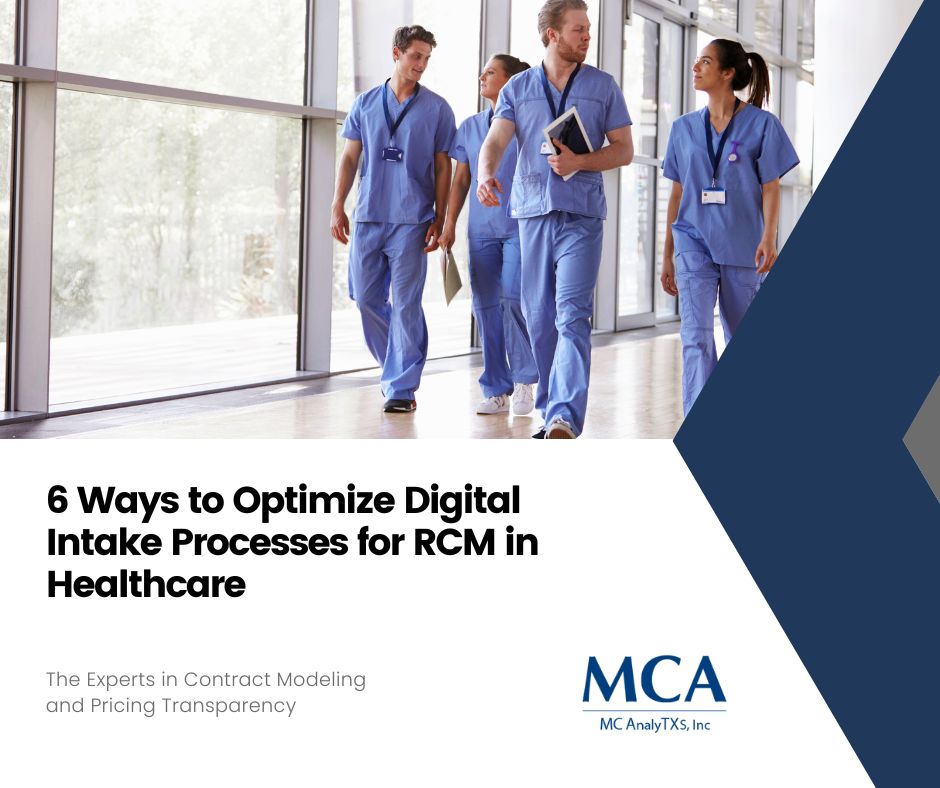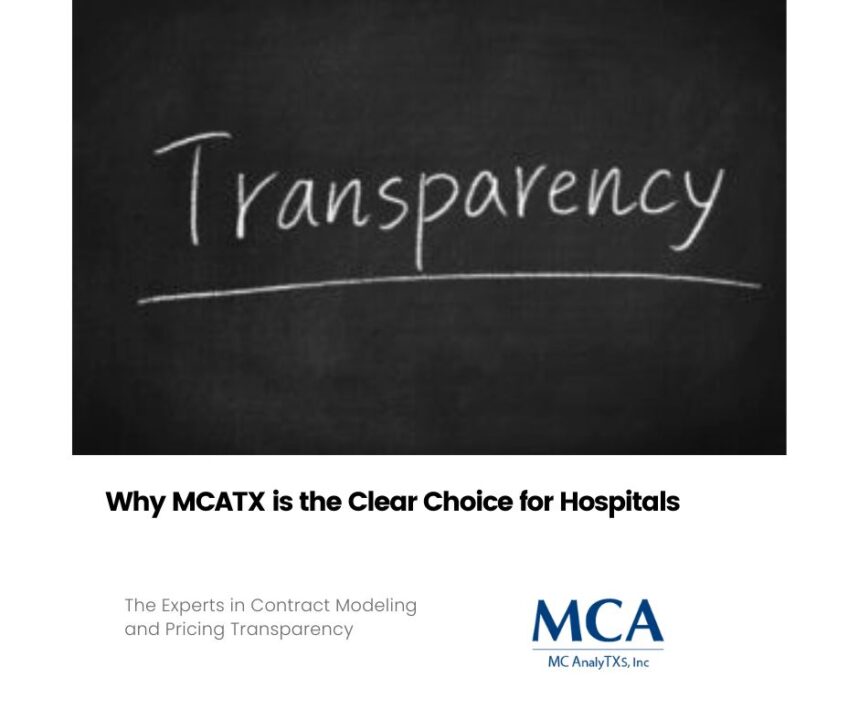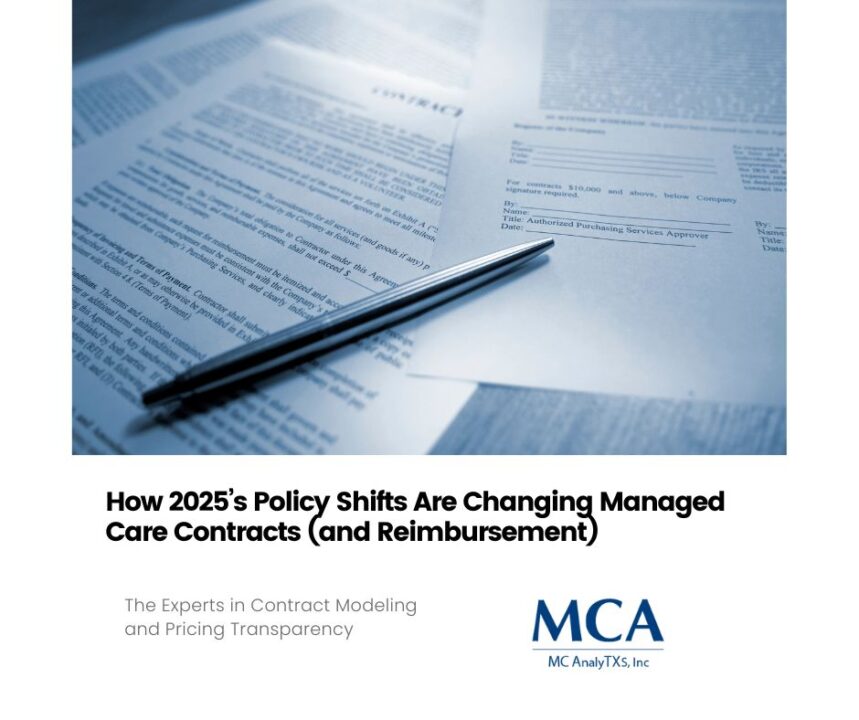
Mastering the Back-End Revenue Cycle: Key Best Practices
March 25, 2024
Strategies Beyond Cost-Cutting for Healthcare Revenue Recovery
March 29, 2024Revenue Cycle Management (RCM) in healthcare has been a complex and somewhat murky process for decades. Balancing patient care with the need for a well-operating financial system often led to queues, paperwork, and delays that impacted both the providers’ and patients’ satisfaction and, ultimately, the institution’s financial health. The move towards digitization has initiated a seismic shift in how RCM is managed, where the patient’s financial experience is starting long before they sit in the provider’s chair.
In this article, we are going to explore why the digital intake process is the backbone of modern RCM and provide six practical strategies to ensure it is optimized to its fullest potential.
Understanding the Digital Intake Process in RCM
What is the Digital Intake Process?
The digital intake process encompasses all the digital tools and procedures required to collect and process patient information, such as insurance details, demographic data, and medical history, before the patient’s visit.
The Significance of Digital Intake in RCM
A smooth digital intake process is crucial in establishing a solid foundation for patient financial experiences. It sets the stage for accurate billing, efficient claims processing, and reduced administrative burden for staff, fostering a positive relationship between providers and patients.
The Current Landscape
Common Challenges in the Digital Intake Process
Despite the digital shift, many healthcare providers still encounter challenges such as disparate systems, data entry errors, and complexities in verification processes. These issues can lead to delayed payments, billing disputes, and operational inefficiencies.
The Impact of Inefficiencies
Inefficiencies in the digital intake process directly affect the bottom line. PwC Health Research Institute found that RCM inefficiencies cost healthcare providers $262 billion annually. The financial impact is two-fold, eroding revenue and increasing the cost of care delivery.
6 Ways to Optimize Your Digital Intake Processes
To combat these challenges, healthcare providers can adopt a set of strategies that not only streamline operations but also enhance the patient experience.
Centralize Your Data
A fragmented approach to data collection leads to errors and inconsistency. By centralizing all intake data in a single, robust system, healthcare organizations ensure that information is always accurate and up-to-date. Systems with master patient indexes can provide a holistic view of the patient’s history, reducing the likelihood of rework and errors.
Implement Intelligent Forms and Workflows
Static forms and inefficient workflows can be digitized and enhanced to provide a more intuitive experience. Intelligent systems can pre-populate fields, use logic to guide patients through the process, and ensure all required information is provided before submission, reducing the need for follow-up and correction.
Focus on Patient Engagement
An often overlooked aspect of the digital intake process is patient engagement. Tools such as patient portals and mobile applications can empower patients to take control of their intake information, leading to higher accuracy and a sense of involvement in their care.
Leverage Automation
Automation can significantly reduce the labor-intensive tasks associated with the intake process. Tasks like eligibility verification, benefits coverage, and even initial claim submissions can be streamlined using rules-based algorithms, freeing up staff for more complex or value-added activities.
Integrate with Payer Systems
Integration with payer systems enables real-time verification of patient information, reducing the administrative tasks related to claims management. These integrations lead to quicker approvals, earlier notice of potential issues, and ultimately, faster payments.
Continuous Improvement and Analysis
The adage “you can’t improve what you don’t measure” holds true in RCM. Regularly analyze the digital intake process for bottlenecks, errors, and opportunities for enhancement. Collecting and acting on feedback from both staff and patients ensures that the process stays current with changing requirements and technology.
ROI from Optimized Intake Processes
Across the industry, healthcare providers who invested in optimizing their digital intake processes have seen significant returns on investment. Reduced claim denials, accelerated time to payment, and lowered administrative costs are common benefits that translate into improved financial performance.
The Future of Digital Intake in RCM
Emerging Technologies and Best Practices
The future of digital intake processes is exciting, with advancements in artificial intelligence, machine learning, and blockchain promising further efficiencies. Best practices of the future will involve harnessing these technologies to create hyper-personalized and seamless intake experiences.
Shaping the Landscape of RCM
We anticipate that digital intake will become the standard for RCM, with more emphasis on proactive patient engagement and self-service options. The continuous development of these processes will be key in adapting to the changing landscape of healthcare regulations and patient expectations.
Conclusion
In conclusion, optimizing the digital intake process in RCM is not just about being current with technology—it is about creating a sustainable financial strategy that’s centered around the patient. It’s about time to start thinking of RCM as Revenue Cycle Maximization instead of just Management. By following the six strategies outlined in this post, healthcare providers can ensure their RCM reflects the best practices of the industry and secure a bright financial future in an increasingly digital world.
We encourage healthcare leaders and financial managers to take these suggestions to heart and start the conversation within their organizations. The time to optimize digital intake processes for RCM is now, and the potential benefits are immense for providers, staff, and patients alike. If you’re ready to take the next step in optimizing your RCM, we recommend seeking guidance from our experts. It’s through collaboration and a commitment to innovation that we can transform the landscape of healthcare financials for a more efficient and patient-centric future.





